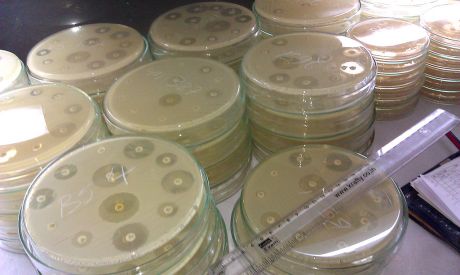Antibiotic resistance is a growing problem in hospitals, and the
phenomenon is already responsible for an increased disease burden
globally. Currently, detecting these bacteria requires expensive and
time-consuming laboratory methods.
OPTOBACTERIA (Multianalyte automatic system for the detection of drug resistant bacteria) members developed an automatic laboratory detector (ALD) to provide a drug-resistance report in 7 to 25 hours. For this purpose, they used recently developed fibre-optic technology.
Project members designed and developed a nano-scale fibre-optic transducer to convert biological signals into optical signals. Prototypes of this long period grating (LPG)-based transducer were produced after optimisation and test results demonstrated their efficacy.
Libraries of molecules were screened for use as sensors for beta-lactamase (a common indicator of antibiotic resistance), and 20 potential sensors were selected. Further, researchers have anchored two of these to the LPG sensor prototypes and successfully detected the presence of beta-lactamase. One compound series in particular is potent enough for patent application.
OPTOBACTERIA has developed procedures for protein detachment and probe regeneration that are time -and cost-saving. Another product of commercial interest is the software called FLAP dock that can identify small molecule ligands capable of binding desired proteins. Moreover, a ligand panel for beta-lactamase detection through ALD functionalisation is now available.
A key achievement is the design and development of an ALD prototype based on optoelectronic technology that can automatically test multiple LPG biosensors. The software was designed to detect drug-resistant bacteria as well as their location-wise frequency.
Significant progress was made with regard to clinical validation of ALD. The collection of beta-lactamase-expressing engineered strains proved useful in testing device efficacy as the human samples were not available in time.
The ALD system, software tools, sensors and processes developed during the project have great commercial potential and should enhance the competitiveness of participating businesses. Applications are wide-ranging and include biological, agricultural, food, security and environmental areas. Successful human clinical trial outcomes should also decrease the health impact of antibiotic resistance and contribute to epidemiological research.

